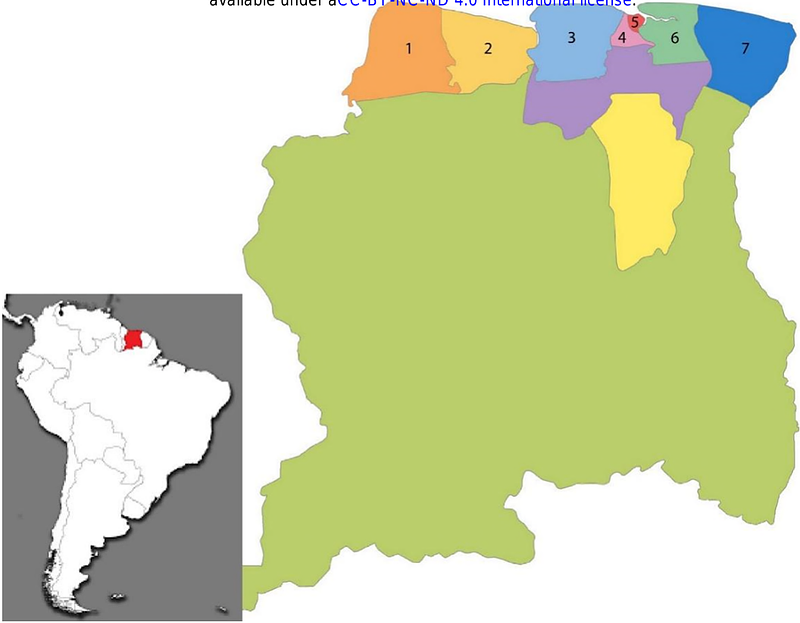A national assessment of waterbird hunting in coastal wetlands of Suriname, south America

A national assessment of waterbird hunting in coastal wetlands of Suriname, south America
Mizrahi, D. S.; Spaans, A. L.; Spaans-Scheen, M. J.; Cox, A. R.; Laliberte, B.; Gallo-Cajiao, E.; Roy, C.
AbstractThe central northern coast of South America has extensive wetlands critical for waterbird conservation. While waterbird harvest occurs in the region, the impact on species population dynamics remains unclear. This study assesses waterbird hunting in the coastal wetlands of Suriname, addressing: (i) the extent of waterbird harvest, (ii) changes in harvest magnitude over time, and (iii) the motivations and methods of hunters. We collected data via a national survey of licensed hunters in 2006 and 2016 using structured interviews. A Bayesian hierarchical model was used to analyze the data. We estimated harvest levels for 11 species and three groups (small herons, small shorebirds, large shorebirds). For most species, mean harvest per hunter significantly decreased from 2006 to 2016, except for blue-winged teal and migratory shorebirds. Most hunting was for non-commercial purposes (personal consumption and recreational). This is the first national assessment of waterbird hunting in Suriname. Harvest levels vary by species, and the sustainability of these levels remains uncertain. Managing hunting in Suriname requires addressing both legal and illegal hunting. Given Suriname importance for waterbirds, particularly species like the scarlet ibis and migratory shorebirds, it should be a priority for conservation efforts.